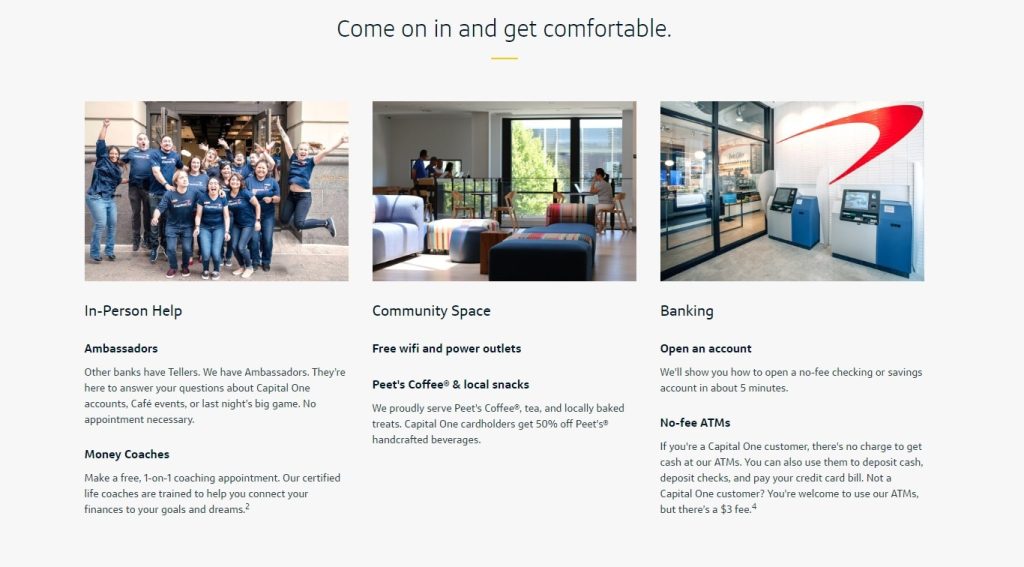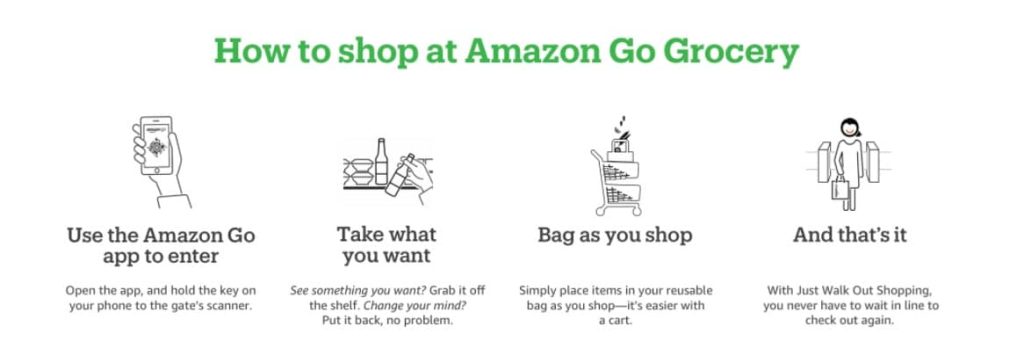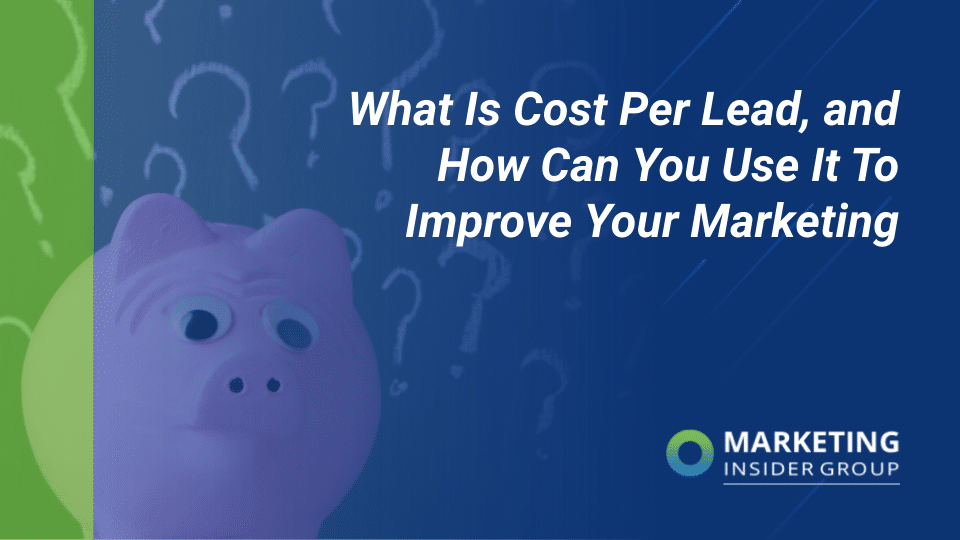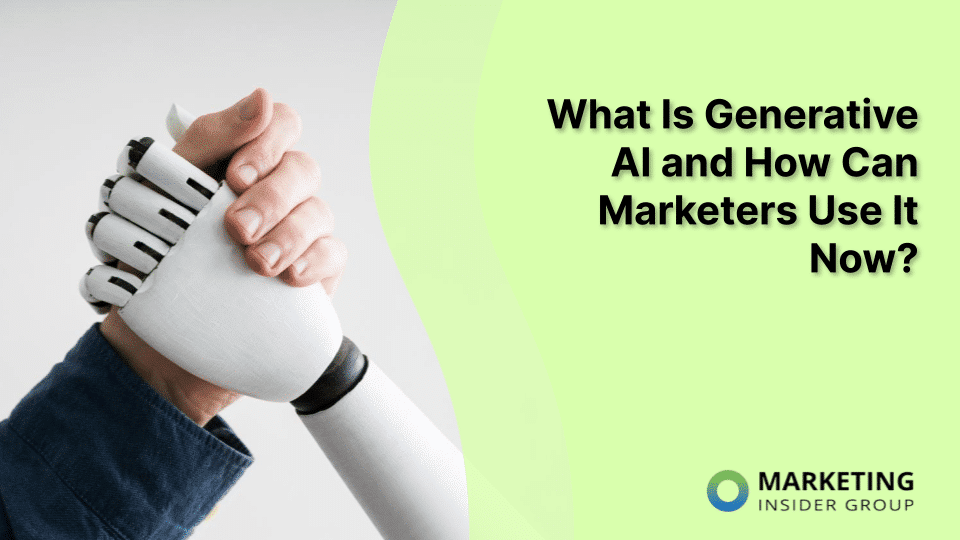
What is Phygital Marketing? How to Use It and 5 Consumer Marketing Examples
What is phygital marketing? Nope, it’s not a typo. This is a real thing. And we’re gonna define it for you:
Phygital marketing involves merging the worlds (and words) of both physical and digital experiences.
For example, phygital marketing involves communicating with potential customers who might toggle between in-store and online shopping. While mobile shopping continues to rise, customers also use their mobile devices to enhance in-store shopping experiences.
And the experience matters a great deal, especially for those of us in B2B. 86% of B2B buyers say they’re willing to pay more for an awesome experience. Almost half of B2B buyers have completed an impulse purchase after a stellar experience.
Lots of B2B marketers seem reluctant to admit that all consumer trends end up making their way to B2B. But your “buyers” are also “consumers” for the 16 hours they’re not working every day. So let’s keep an open mind.
When carried out with careful planning, phygital marketing is a powerful tool for connecting with and engaging customers.
Quick Takeaways:
- In B2C, consumers still want certain sensory aspects of the real-life shopping experience despite e-commerce popularity.
- Phygital marketing optimizes the experience for B2B customers as well. How you do that depends on your audience and your products/services.
- Phygital marketing examples show that the concept can be anything from an all-encompassing business strategy to a few tweaks to improve the experience.
PS – I put together these 10 tips for optimizing your content marketing. Watch Now!
What is Phygital Marketing?
A few weeks ago, I received an email from my good friend James Tennant from Converge that looks at trending keywords and phrases, as well as related questions and propositions from a range of B2B topics. It identified “Phygital Marketing” as an important search trend in marketing.
So I did some research to share my findings with you. (By the way, I recommend signing up for his Converge ‘TrendingUp’ keyword insights email newsletter.)
Phygital marketing takes the best aspects of both real-life and online purchases to improve the experience as a whole.
We’ve all heard talk about physical storefronts dying out, especially with e-commerce accelerating under COVID-19 restrictions. However, people still demand certain sensory aspects of the real-life shopping experience.
An optimized phygital marketing strategy prioritizes sensory experiences you can’t get via an app. In B2B, it seems phygital marketing would be even more important: The stakes are higher.
Phygital marketing can also use digital technology to enhance physical experiences.
How to Develop a Phygital Marketing Strategy
You can follow these few simple steps to build your strategy:
Research Your Audience
If you’re mainly an e-commerce outfit, ask yourself what physical sensory experiences your audience might be lacking.
On the other hand, brands with physical storefronts should ask themselves how digital technology and activity could enhance real-life experience.
Start with your reviews and feedback for inspiration – what issues do buyers give for turning you’re your product most often? Investigate data from unhappy clients – what went wrong and how could you use a phygital marketing strategy to fix it?
Different demographics shop and interact with the internet in distinct ways. For example, 51% of consumers who use mobile shopping apps open them inside the store to access discounts, compare prices, and research reviews. Meanwhile, 66% of Gen Z say in-store availability is important.
In B2B, buyers are younger than ever and younger than most marketers think, so keep that in mind as you develop your marketing strategy.
Surveys are always a smart way to crowdsource ideas for improving your shopping experience.
Change Tactics According to Your Goals
Some brands find phygital marketing attractive because it helps them scale their in-store operations and overhead. Meanwhile, e-commerce brands might want to use phygital marketing to reach new audiences.
What are you hoping to achieve? Certain types of phygital marketing require heavy investments so make sure you have goals and a strategy laid out before diving in.
Prioritize Emotions and Senses
Physical stores aren’t only about shopping anymore – they’re about creating a sensory experience.
The internet allows us to see and hear. However, our other three senses – taste, smell, and touch – are absent from any online shopping experience.
But there’s another aspect difficult to replicate online: human connection and the emotions associated with it.
Sure, you could create conversational content, use images of real people, implement live chats, and talk to your customers on social media. It still isn’t the same as being physically present in a different environment.
PS – Check out our weekly blog content service to grow your website traffic and leads!
5 Examples of Phygital Marketing
You’ve probably used phygital marketing on countless occasions without even thinking about it!
Keep in mind some of the phygital marketing strategies from the following examples might not be totally workable during COVID-19 measures while others might be ideal. Some may be relevant to B2C but not B2B. But we can learn from all of these. It helps to think long-term.
1. Pop-Up Stores or Event Booths
Pop-ups at local festivals, craft shows, industry events, or marketplaces are an awesome way to engage with your audience. These phygital tactics are particularly useful for building hype before product launches or promoting high-ticket products.
The high-end audio company, Sonos, partnered with Google and set up isolated sound chambers in select cities where patrons could experience exciting 3D soundscapes. A preloaded iPad let visitors personalize their experience. Sonos could also analyze data from the app to learn about their audience.
These Sonos popups could double as a B2B marketing strategy for reaching businesses interested in buying superior sound tech for their theaters, studios, or venues.
2. Create a Real-World Customer Center
Banks face a catch-22: Customers complete most banking online, but 50% of people prefer visiting in-person branches for certain services.
Capital One transformed many branches across major cities into coffee shops with co-working spaces, workshops, and educational/coaching centers. The bank saw demand for human interaction and used it to create a valuable community space.

This strategy is particularly smart for B2B. Despite the WeWork scandal, co-working spaces are still flourishing around the country – especially as professionals working from home need an escape from their house.
Research your audience and consider opening a physical branded café where your largest audience (or biggest market potential) lies.
You could offer spaces for meetings, printing, mail, and general Wi-Fi use. Of course, keep a brand concierge on standby to answer questions.
You might also follow the Amazon Go strategy: Create a touchless experience by letting patrons order from their phone or just take what they’d like and automatically charge them after they leave.

3. Distribute Limited Product Samples Directly to Consumers
Today, lots of startups launch as a consumer product with the long-term goal of going B2B. Take Perfect Day – a California-based vegan food startup – for example.
Perfect Day launched their flagship vegan ice cream alternative as a consumer product. It quickly sold out, but the founders had no intention of restocking. Why?
The goal was to market the technology behind the animal-free “dairy” alternative to larger businesses and manufacturers.
Smart move: Perfect Day used physical marketing to show how successful their product was with consumers while using digital tools to market the tech to businesses.
4. Implement AR & VR
Amazon, Target, and other major retailers have all launched augmented reality (AR) tools for customers to see what furniture would look like inside their home.
B2Bs haven’t fallen behind though.
Medical device manufacturers, aircraft companies, and even food processing companies have all jumped onto the augmented reality trend to blend the physical and digital worlds.
5. Incorporate Wearable Tech
Wearables offer a unique phygital marketing opportunity. Take Hilton for example. Guests at the Hilton America’s Leadership Conference each received a wearable device that allowed them to seamlessly exchange contact information.
The device also used gamification to encourage engagement: Attendees earned points for every interaction that they could trade in for merch at the event shop.
It worked!
Each attendee ended up making an average of 31 connections.
Wearable devices can also:
- Help attendees navigate the event
- Bookmark places or sessions
- Allow or deny access restricted areas (depending on their status)
- Enable touchless signups
- Provide detailed itineraries
- Allow staff to communicate
- Manage traffic flow and prevent bottlenecks
- Conduct secure transactions
Expect wearables to become the norm at events in a post-COVID-19 world as hosts look for ways to go touchless and prevent bottlenecks. And expect to wear things you’ve never considered before.
Plus, you get access to previously untapped metrics and analytics.
PS – Check out our latest case study that shows how we helped one company double their leads!

What is Phygital Marketing to You?
As COVID-19 measures reshape the way we conduct business, expect the importance of phygital marketing to grow.
The surge in online shopping and business surely won’t go back to pre-pandemic levels. However, people will also develop a new appreciation for real-world experiences, realizing they took in-person interactions for granted.
Each brand will need to develop a unique approach towards merging the digital experience and in-store shopping. What will work best for your audience and offerings?
We help companies like yours grow with affordable and effective content, strategy, thought leadership packages, and much more. Check out the Content Builder Services now!






